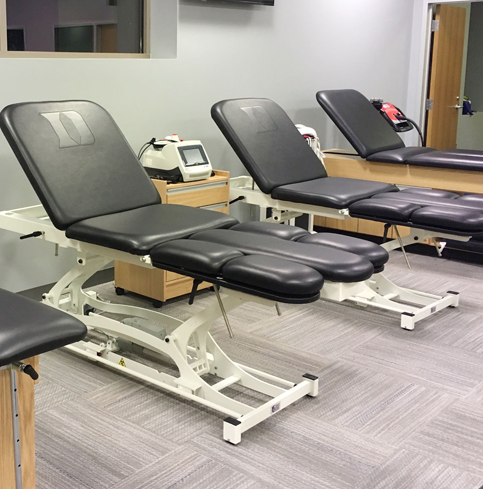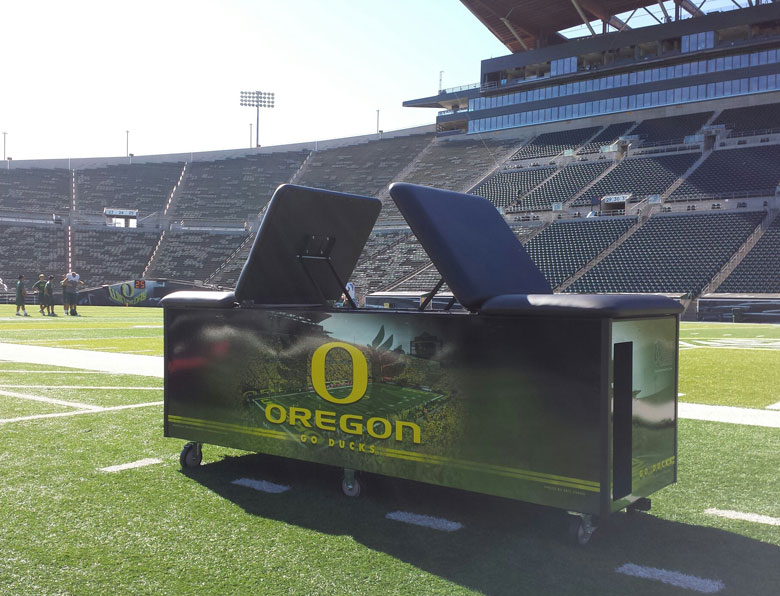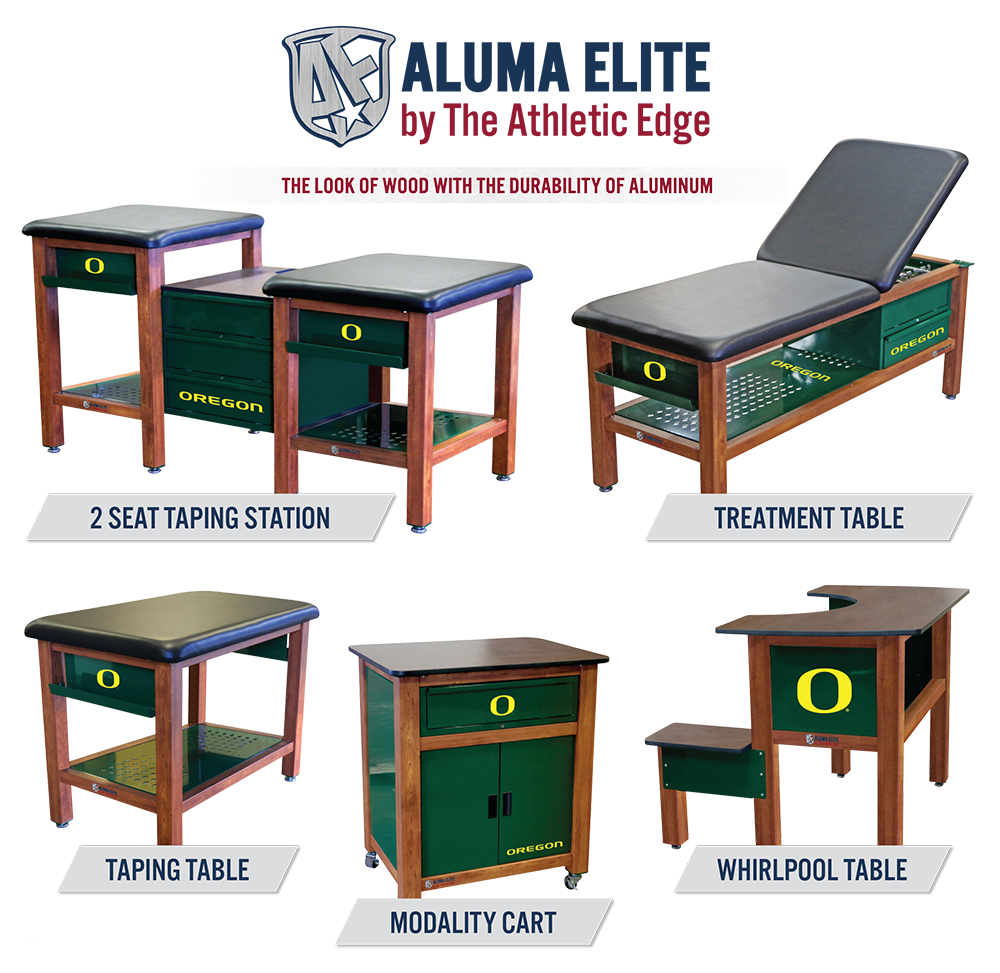Kinesio Taping Offers Benefits for Patients, Practice
While kinesio taping is widely recognized for its use in the professional sports arena, athletes at any level of ability can benefit from this brightly colored tape that offers advantages beyond other athletic tapes. Healio.com takes us step by step through how kinesio taping works, specific injuries and use, and contraindications.
Throughout the 2008 Olympic Games in Beijing, the world tuned in and saw USA beach volleyball player Kerri Walsh with a different colored shoulder. The bright tape, covering her shoulder following surgery, created as much buzz as her team’s gold-medal victory.
This therapeutic non-medicinal tape is called Kinesio tape, and has applications for more than 1,200 parts of the body, said Mike Forgrave, CPed(C), CKTP, chief pedorthist at Mike Forgrave & Associates in Kitchener, Ontario. Developed in the mid-1970s by Kenzo Kase, DC, a Japanese chiropractor and acupuncture practitioner, the tape’s texture and elasticity mimic that of living human tissue.
Although Kinesio taping gained public recognition during the Olympics, 85% of its use is non-athletic, Forgrave said.
Perhaps the most important feature of kinesio taping, said Forgrave, is its ability to lift the skin surrounding the injury, creating wrinkles — called convolutions — that facilitate the flow of lymph fluid and increase blood flow in the resulting low pressure area under the skin. This movement also decreases the amount of pressure on the skin’s mechanoreceptors, which reduces pain in that area.
The treatment can be used in conjunction with other treatments, such as cryotherapy, ultrasound or acupuncture, and as an interim solution while the practitioner fabricates a more permanent treatment, like an orthosis.
Patients suffering from a number of different types of musculoskeletal injuries can benefit from Kinesio taping. People with lymphodema, for example, find significant changes in their edema when using this treatment, Forgrave said. It can be used for fascial release and scar tissue reduction, as well as almost any condition that creates pain and swelling.
The treatment does not require much maintenance, either, since the Kinesio tape can be left on the patient’s skin for 3 to 5 days — even through bathing or activity.
Other athletic tape constricts the person’s range of motion, limiting the ability to perform a task, he said.
“This is one of the reasons it is so popular with athletes. They not only find it relieves the pain but they are also able to play to the best of their ability,” he said.
Prior to treating a patient with this method, Forgrave encourages both a formal physician screening and diagnosis, and a biomechanical examination, including a thorough patient history. He advises practitioners to remember that less is more, and to always tape with the affected area in a flexed/extended position.
“The nice part about [Kinesio tape] is that each practitioner can utilize it in their own way,” Forgrave said. “The basic premise is the same but how it is applied is up to the practitioner.”
One of the most common uses he sees in his practice is for the treatment of plantar fasciitis. To apply tape for this patient, he uses three separate pieces of tape: one fan strip and two “I” strips. He cuts the first piece of tape into a fan, measuring from heel to slightly proximal to the metatarsophalangeal joints (MTPs), dorsiflexing the foot and extending the toes, and then he lays the Kinesio tape from the heel to the MTPs with no tension on the heel, but with 75% tension on the tails. Then he measures an “I” strip across the metatarsal heads from the first to the fifth MTP, and applies the tape with approximately 25% stretch, keeping the phalanges extended. Finally, he measures another “I” strip from the cuboid under the foot to the navicular, inverts the foot and applies the tape with 75% stretch from the cuboid to the navicular. Doing this will cause the tape to surpass the navicular and onto the dorsum of the foot, he noted.
Kinesio taping should not be used over active malignancy sites, active cellulitis or skin infections, or open wounds. Patients with deep vein thrombosis, diabetes, kidney disease, congestive heart failure, or fragile or healing skin also should not use it. Since the brand of tape is made of cotton, and the adhesive is acrylic and non-latex, Forgrave said that the likelihood of skin reaction is minimal. Patients who experience itchiness or redness on the skin surrounding the tape should remove the tape from that area.
“I tell my patients, ‘This tape won’t cure you but it will help jump start the healing process,’” he said.
Aside from offering applications of this treatment to his patients, he also will teach them a simple method of application so they can use the tape at home.
To become a certified Kinesio tape practitioner (CKTP), qualified candidates must attend three day-long courses administered by a certified Kinesio tape instructor and sanctioned by the Kinesio Tape Association, and then successfully pass an online examination.



.webp)


